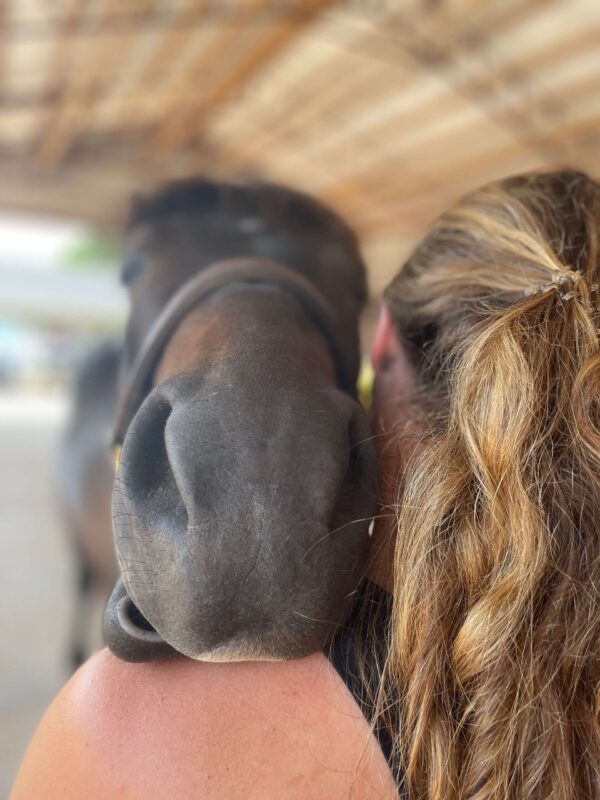Down the Lameness Road to Nowhere
After 30 years of struggling to hang onto my Connemara ponies while battling chronic illness, I was finally healthy and strong and couldn’t think of a better way to celebrate than to stand a purebred Connemara pony stallion! Yes – not a popular choice; ???? But a thrilling, forward-thinking one for me, a stake in the ground that I am not only going to survive, but thrive.
I chose Day Star’s Royal Legacy (“Jet”) because he was exactly what I thought the breed needed: pony height, exquisite temperament, solid color (no crème dilute gene), tons of bone, hoof wall negative (HWSSD), superb conformation and correct movement. Correct to every breed standard, in fact. And so cute it hurts.
When he turned four, I was beyond excited to deliver him to a five star eventing competitor/trainer who had amazingly agreed to climb aboard my green-as-grass little 14.1h native pony, and see what he could do! Ohhhhh my word, my hopes were high. She called me right away and said a) I can’t believe how quiet he is! And b) There is no go button. I am going to have to install one, and it won’t be pretty. Don’t come out for a few weeks, okay?”
I’m passing the time those few weeks, thinking about competing in the 2024 National Dressage Pony Cup, trying to decide which fall venues he would jump around just to see, and at the end of the three weeks I joyfully head out to see his progress. I watched her ride first, and yes she had expertly installed a go button! He was forward, he was nicely seeking contact. Also: “He’s lame,” I told her instantly. How can someone not know your horse is lame? Her reply was “Yes, but plenty of clients will have a heart attack if you tell them their precious is a little off. I’m so glad YOU see it.” “Let me get on,” I said. “I want to feel it.”
I rode him 3/4 of the way around the ring, threw the reins down, and said “OMG. OMG he’s so lame. He should not be ridden.” And off we went down the why-is -my-horse-lame river to nowhere. First, he went to my trainer’s vet, who said ‘It’s his hip. You could spend money on flexions, blocking, xrays… but it’s his hip. We could just inject it now and see what happens.” So I went along with that. The bill was more than I had to spend, on a late Friday afternoon, and so I found myself standing in this tight lobby behind the glass shielding the staff, calling CareCredit at the last minute trying to scrape together the funds. My heart was pounding and I felt a little bit like a financial prisoner there behind the glass, scrambling, while my horse was in the back somewhere not being brought out to me. The bill had to be paid in full before I got my horse back and could load him and leave. It was uncomfortable, as the girls behind the glass nonchalantly went about their business while I panicked, trying to rouse someone at CareCredit on a Friday after closing. Thank heavens they answered, approved the extension of credit, I paid the bill and collected my little stallion. NOT FUN. Of course I pulled him out of training, and as the days eeked by, I knew he was no better. WHAT IS IT????
Enter Virginia Equine. Dr. Lindsay Neist came out and did it all: the flexions, the in-hand and ridden careful watching and analysis of gait, the blocking, the x rays. We easily ran over two hours as she investigated. When she blocked one blatantly lame joint, the other one would suddenly worsen. This went on with allllllll fourrrrrrr feeeeeeeett. She explained to me so clearly that the reason he was hard for me to ride was because he was moving me around up there, trying to unload first one pain point and then another. I could never find the middle of him when I rode, and now it made sense:. He was compensating, trying to give us exactly what we were asking for, while guarding from the pain. My dear sweet boy, in acquiring a go button, could not guard himself from the pain and his lameness became more and more evident. Dr. Neist figured him out, and I got a devastating answer: all four fetlocks, kiddo. Something is wrong in all four fetlocks. The details were in the Xrays, at the bottom of his cannon bones: Black and white swirling lines of bone deficits. He had bone deficits at the bottoms of all four cannon bones where they descended into the fetlock joint and bore weight. I was gutted.
And we gelded him. How can you tell a mare client, “He’s lame, and see he has these bone deficits and we don’t know why, but your mare and your foal will be just fine!” You can’t do that. And so we gelded him. He has two foals that were already buns in the oven; time will tell how they fare. Dr. Neist believes it to be a developmental defect and not an injury of some kind. What I am hoping for, is a sweet little black gelding to dink around safely on trails and local training level dressage with, maybe some working equitation. Liberty training. Partnership! Love. He is SO unbelievably quiet; maybe we will learn how to do nursing home therapy visits and let them bury their noses in that double pony mane and forelock.
I will forever be grateful to Dr. Lindsay Neist, and her assistant Paige Rice, for urging me to really do a full workup on him and find out what his trouble was. The lesson is don’t take shortcuts with your horse’s health. DO the xrays, DO the blocks, look for the root of what is really going on instead of throwing a “maybe” treatment at it. I shudder to imagine the pain he was in as he shuffled around on fetlock joints that had blood in that synovial fluid. He deserves this pasture rest and I so hope he can come to soundness. Thank you, Virginia Equine, for giving him a shot at it.




